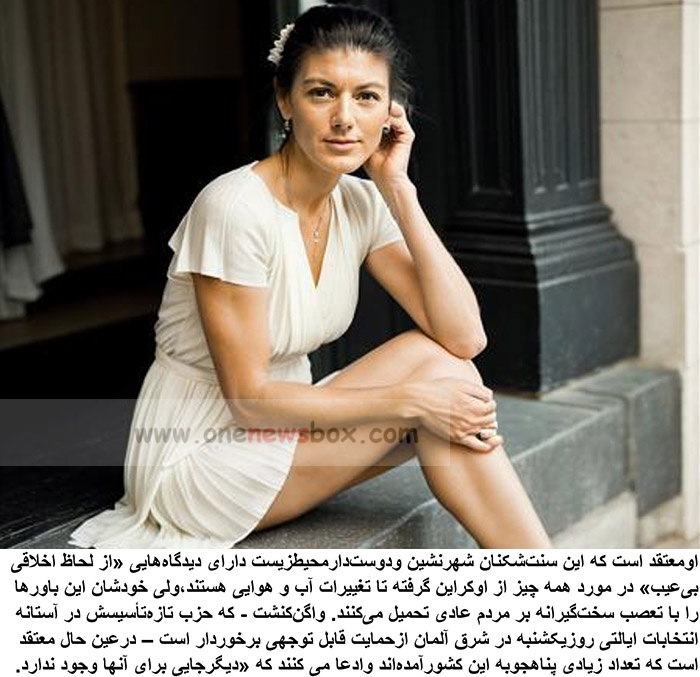Political Career
Rise in the Party of Democratic Socialism (PDS)
After the transformation of the SED into the Party of Democratic Socialism (PDS) following the reunification of Germany, Wagenknecht quickly rose through the ranks. In 1991, she was elected to the National Committee of the PDS and joined the Communist Platform, a Marxist-Leninist faction within the party. Her radical views and outspoken nature made her a prominent and controversial figure within the PDS.
In the 1998 German federal election, Wagenknecht ran as a PDS candidate in Dortmund, where she garnered 3.25% of the vote. Her breakthrough came in 2004 when she was elected to the European Parliament, where she served on the Committee on Economic and Monetary Affairs and the Euro-Latin American Parliamentary Assembly.
Leading The Left
The merger of the PDS and the Electoral Alternative for Labor and Social Justice (WASG) in 2007 led to the formation of The Left (Die Linke) party. Wagenknecht became one of the leading figures of The Left, often representing the more radical factions of the party. Despite facing opposition from party leaders like Lothar Bisky and Gregor Gysi due to her perceived sympathies for the former East Germany, she continued to be an influential voice.
In the 2009 federal election, Wagenknecht was elected to the Bundestag representing North Rhine-Westphalia and became the party’s spokesperson for economic policies. Her influence within the party grew, and in 2010 she was elected vice president of The Left with 75.3% of the vote.

